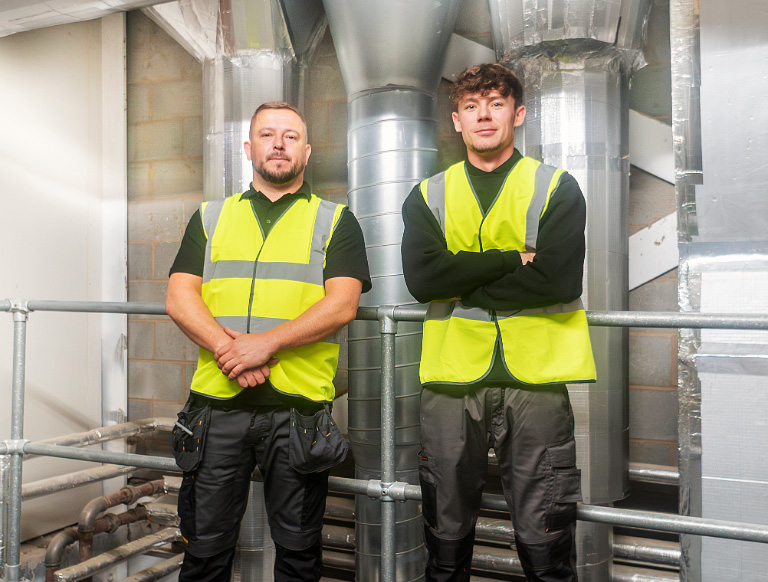Clean Air Zones – a solution to poor air quality in cities?
Terms like 'congestion charge' or 'Low Emission Zone' were once exclusive to London, UK

Clean Air Zones: Addressing Urban Air Quality Concerns?
Once upon a time, terms like ‘congestion charge’ or ‘Low Emission Zone’ were associated almost exclusively with our capital city, London – within the UK of course. However, with air quality in our cities considered a serious public health risk, the Government’s Clean Air Strategy was implemented in 2019 to address the issue UK wide, leading to other cities being required to introduce their own measures to help curb vehicle emissions throughout the UK.
Roughly a third of nitrogen dioxide (NOx) pollution comes from road vehicles, with up to 80% of this coming from local road traffic so this is of course an immediate priority for local authorities. As such, many UK cities have implemented, or are in the process of implementing, Clean Air Zones (CAZs), most recently Birmingham who introduced theirs on 1st June 2021 after their plans were set back by the COVID-19 pandemic. Bristol and Portsmouth are set to follow suit in October and November, respectively, with many other cities due to impose their Clean Air Zones in 2022.
Local authorities have been met with some resistance from local people and businesses when proposing their plans for CAZs, mostly due to the charges that will be incurred by drivers who are regular users of routes within a CAZ. Nevertheless, there is countless evidence that CAZs are effective in reducing air pollution within local areas and the introduction of these in major cities throughout the UK is definitely a great start in improving public health.
However, vehicle emissions are not solely responsible for the poor air quality in our cities and there is a lot more that needs to be done before risk is reduced. Even with a reduction in air pollution, CAZs do not completely solve the problem of clean air indoors. Of course, outdoor air pollution can make its way indoors, but as most of us spend the majority of our time indoors, it is important to remember other causes of poor air quality inside buildings.
Even furnishings within buildings and the very material they are built of, along with activities conducted within them can contribute to poor indoor air quality, something that will not be changed by improving outdoor air quality. This coupled with poor ventilation and there is a high risk of Sick Building Syndrome (SBS) which is real threat to public health.
So, what can be done? To ensure air quality is at a healthy level, building ventilation systems should be cleaned, maintained and tested regularly in accordance with regulations so fresh air supply is not compromised and building’s inhabitants are not exposed to harmful airborne contaminants.
System Hygienics offer air quality testing as a standalone solution or as part of our Complete Compliance Package, with each bespoke package including an in-depth audit and survey to prove the cleanliness and safety of your entire HVAC system. So, if you want to be sure your indoor ventilation is up to scratch and air quality is satisfactory, get in touch on 01323 481170 or email info@systemhygienics.co.uk to find out more about our ventilation hygiene services.

.jpg)

